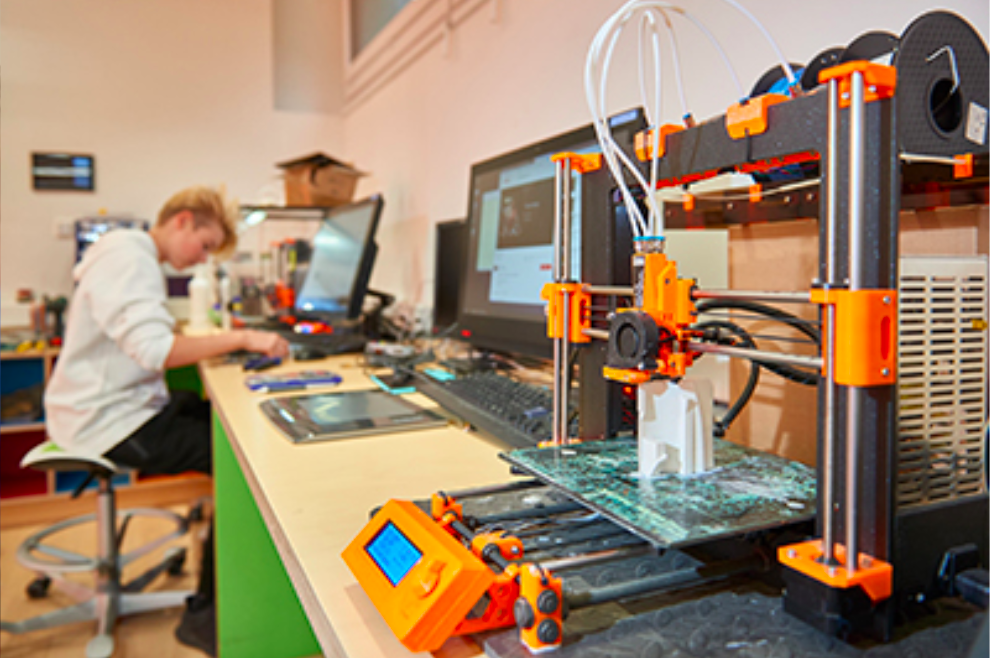by Qingyang Zhang, Y13
Are you a budding scientist eager to develop problem-solving and research skills? Do you have free time during your breaks or after school? There are many fun STEM clubs and activities that can expand your knowledge and enrich your current studies.
I lead the Physics Club, which runs from 16:30 to 18:00 every Tuesday. We solve difficult competition-style physics problems that are extensions of those in IB and Y11 classes. They do not involve direct application of learnt formulae, but rather test our problem-solving skills and ability to find the right approach creatively. We learn new concepts by attempting problems and explaining the solutions to each other, thereby improving our communication skills.
The Python Club is led by Bruce Mauger and Jacob Mansfield. It is open to all secondary school students and runs from 12:25 to 13:25 every Wednesday. It has a friendly atmosphere, welcoming students with all levels of experience with programming. I joined in September with very little prior experience and gradually built skill and confidence. We start by learning the syntax of the python language; Bruce sets us progressively harder tasks with less direction, training us to find the most efficient approach. I can now write basic programs to generate Fibonacci numbers, create a game of tic tac toe, and experiment with ciphers.
The Engineering Club is led by James Forsyth, Samuel Diaz and Hugo Mullen, and is open to years 11 to 13. This energetic hands-on club runs every Thursday during morning break. Students gain experience in electrical, computer, and mechanical engineering by working with arduinos and building stable structures. Activities are carried out in the form of fun and friendly competitions.
WinSTEAM (women in science, technology, engineering, arts and mathematics) is led by Ela Sigin from 12:40 to 13:25 every Thursday. They aim to improve women and girls’ access to STEAM fields, especially in underprivileged societies, specifically by improving their access to technology. Their current project involves creating a technology manual for children in Sierre Leone, teaching them the basics of using computers and phones. They plan on extending this project to creating manuals for Samsung products and PC computers, and possibly designing an ICT syllabus for children.
The LEGO club, open to all secondary students, is led by Junseo Um and runs on Fridays from 15:45 to 17:15. This is a hands-on experience where students use LEGO to build machines, such as a claw crane, a whac-a-mole and rube goldberg machine.
The Medical Society meets from 10:35 to 10:55 every Friday, where students exchange scientific ideas, evaluate medical advancements as well as prepare for UKCAT and BMAT medical exams. For a detailed description of their activities, see “LGB’s Prospective Doctors: a Medical Society Spotlight”.
Last but not least, Sasha Faison leads the Myths and Legends Fashion Show, where independent and creative individuals can use the STEM centre’s facilities to create fashion objects, and ultimately display them in a fashion show. It is an interface between science and art: 3D printing is used to make masks, and there is a sewing group whose members make costumes. It is unclear how future fashion shows will be run due to social distancing measures, but if you have a project idea, get in touch with Sasha so you can get creative!
These are a few extracurricular activities that STEM-oriented students might find interesting. Other activities, including trips and external masterclasses, can be found in the pdf attached.



